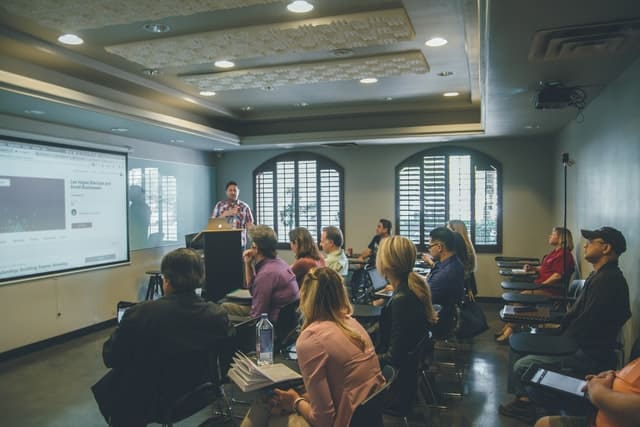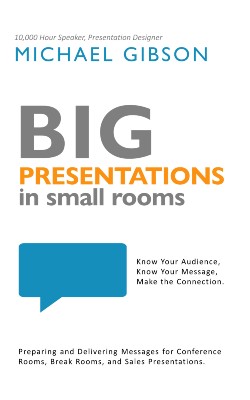In previous posts, we defined the small room, identified the hope, and articulated the presentation goal. You are doing great! You are on your way to delivering Big Presentations in Small Rooms! The next question is, “Who will be there?”
Whose thoughts will you guide? Whose buy-in will you require? Are there any pre-existing relationships? Do you already know some (or all) of the attendees? If not, can you begin developing a relationship before the meeting, or, at the least, educate yourself about the audience members? When possible, avoid going into these meetings with relational blindness. Know who will be there.
Here are three tips.
Knowing Your Audience by Memorizing Information
One way of knowing your audience is to memorize information about each attendee. Your influence is stronger when you can call someone by name, offer appreciation for something good they have done, or ask them about something important to them (work, family, hobbies). If your meeting involves eight or fewer people, it is feasible to memorize information about each person.
Knowing Your Audience by Prioritizing People
If your presentation includes a larger group, knowing your audience means prioritizing the people. Be strategic about the people you will “know.” Who will have the most influence in the group? Who is most likely to support your idea? Who might need some information ahead of time so that they can ponder your idea and be more likely to support it?

Knowing Your Audience by Acknowledging Perspectives
Each attendee will bring a unique perspective. They will see your presentations through a unique lens. The more you know about each person, the better you can customize your approach to “look good” through each lens. Knowing your audience means acknowledging their perspectives.
It is also helpful to acknowledge your own perspective. How do you view the content? There is a good chance that you see it differently than the attendees. If you only speak from your perspective, you are likely to fail. You must see the world through their eyes to guide their vision. Acknowledge your lens, but do not be limited to it.
When you memorize information, prioritize audience members, and acknowledge various perspectives, you are well on your way to knowing your audience! That knowledge will guide you to more successful presentations.
In future blogs, we will explore more ways to connect with your audience.
Past blogs help you develop a healthy mindset for presentation development.
For even more information, order Big Presentations in Small Rooms.
So… How do you get to know your audience? What are some tips you have found helpful?




